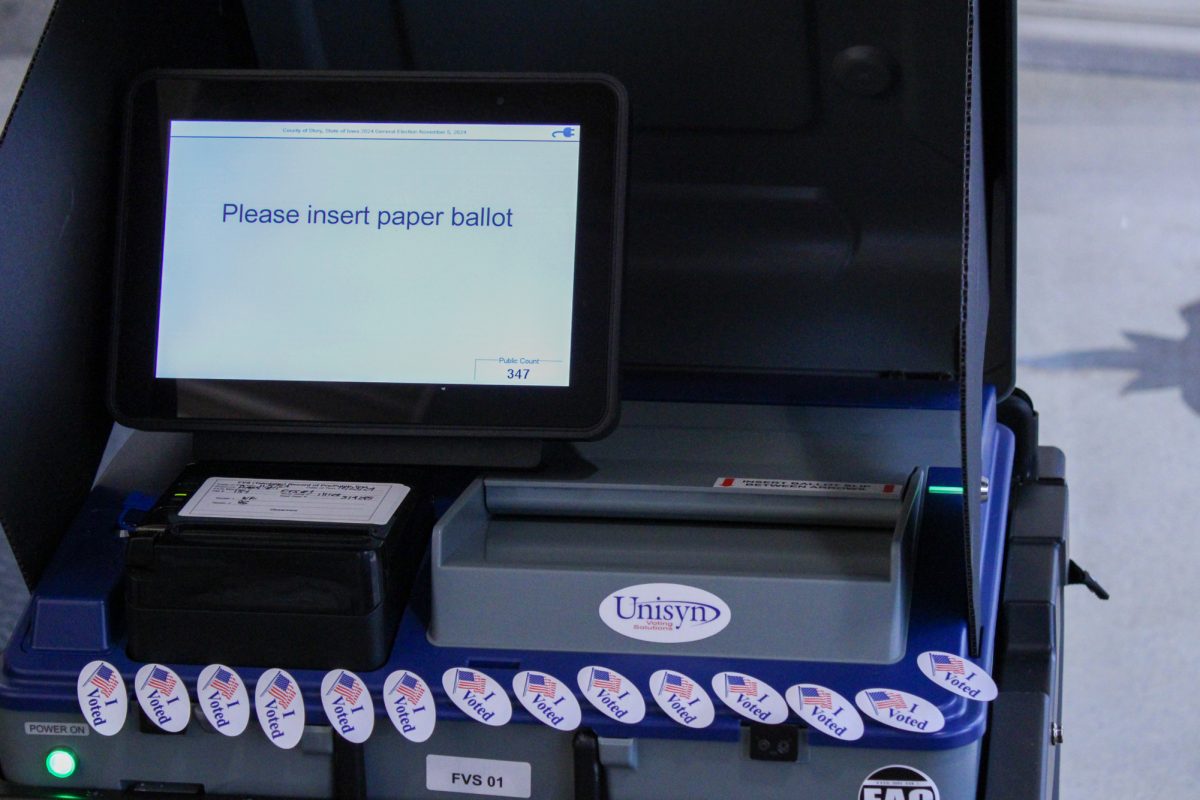A crop worth researching
March 9, 1998
If we were to conceive a wonderful, amazing new crop, what would it be like?
First, we’d imagine it grows almost anywhere with very little fertilizer, making it inexpensive to produce and environmentally friendly. In fact, we could envision it as being able to be grown on the same land for 20 years without any noticeable depletion of the soil.
We’d also need to conceive this crop as being useful in a number of ways. How about making the seeds a good health food, with essential fatty acids and virtually no saturated fats? It could also be a useful textile, with fibers longer and more durable than cotton. And we’ve already said it requires few fertilizers, which is good since cotton production is responsible for nearly 50 percent of all pesticide use in the U.S.
This food and textile crop could also be used to make paper, using less chemicals than traditional wood pulp paper. Wouldn’t that be pretty ideal? Paper made from this plant could easily be produced as acid-free, so it will not turn yellow and fall apart in a few decades. Since only about 4 percent of America’s old-growth forest remains, it’d be great to have a new paper source which produces four times as much viable fiber per acre as trees.
Why stop there? We can extend the uses of our imaginary crop further by making it a good biomass fuel. Biomass fuels contain less metals and sulfur than fossils fuels, and are therefore more environmentally friendly. Also, biomass fuels (such as ethanol) can be produced in the U.S., reducing our dependence on foreign oil.
We could even go out on a limb and envision it as a good building material. This material would be very long-lasting, insulate against heat and noise and could be used as dry wall. To keep with our environmental twist, the process of turning our crop into this material would involve almost no synthetic chemicals.
It may sound like an amazing crop, but we needn’t continue pretending. The crop exists: it’s cannabis sativa, a.k.a. hemp, and its potential industrial uses are numerous.
The first Levi’s jeans were made from it. The building material is called Isochanvre, and it’s gaining popularity in France. The 4-to-1 ratio of paper fiber is from an old USDA study.
Of course, hemp isn’t quite perfect. Cloth made from it isn’t as soft as cotton. Old-growth forests aren’t being as rapidly cut as many believe, so we aren’t in a paper “emergency.” And growing it is illegal.
Some strains of cannabis sativa contain high amounts of THC, a chemical we’ve all heard of. It’s less commonly known, however, that industrial strains of hemp contain little THC and would be very difficult get high off of.
Many farmers are expressing interest in hemp’s economic viability. Not too long ago the Iowa Farm Bureau managed to make some progress in the Iowa Legislature — not to legalize it, but simply to change the laws so research into the crop’s viability can be conducted. The bill did well until state drug czar Charles Larson came in and preyed on legislators’ fears.
Larson said that differentiating between hemp strains used for industrial purposes and those with high amounts of THC is an enforcement nightmare, which is tough to argue with. He also argued that the economic viability of the crop is a sham, basing his case on the disappearance of the hemp industry from Iowa after World War II.
What’s overlooked in his argument is the historical circumstances which made farming hemp unprofitable, namely, the Marijuana Tax Act of 1937. There was a decent-sized hemp industry until the act was passed, and the government came up with many ingenious workarounds to keep the industry alive during the war (when it was badly needed). Since the intention of the act was to make hemp farming unprofitable, it’s no surprise the industry died after Japan’s surrender.
The truth is, no one knows how advantageous hemp farming would be. It’s entirely possible the incredible usefulness of the plant — coupled with its environmental friendliness — may far outweigh whatever “enforcement nightmare” it may present. On the other hand, it may not prove to be economically feasible at all. The problem is the government won’t let us find out.
Charles Larson and the Drug Enforcement Administration aren’t interested in even limited law changes for research purposes. As of August 1997, the University of Mississippi held the only DEA permit to grow cannabis for research. Larson and the DEA seem unable to conceive of hemp advocates as anything other than people who just want it legalized so they can get high. It’s an unrealistic stereotype: advocacy of industrial hemp research is a far cry from crooning “legalize it” for recreational use.
Fortunately, more forward-looking legislators in Germany recently loosened up that country’s laws, and already benefits are being realized. Not too long ago, for example, Daimler-Benz announced it was considering using hemp instead of fiberglass matte in its cars. But as long as we let the DEA use paranoia and fear to prevent scientific investigation, Americans will never be able to even explore this amazing crop’s wide variety of uses.
Ben Byrne is a junior in graphic design from Minneapolis, Minn.






